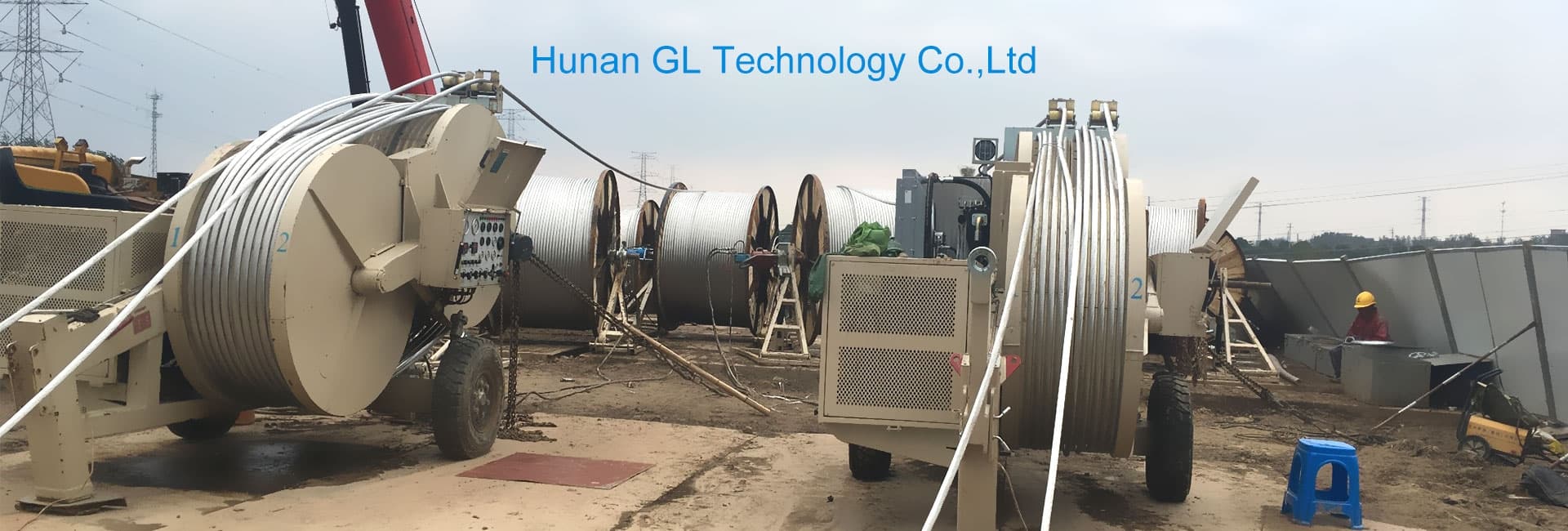
-
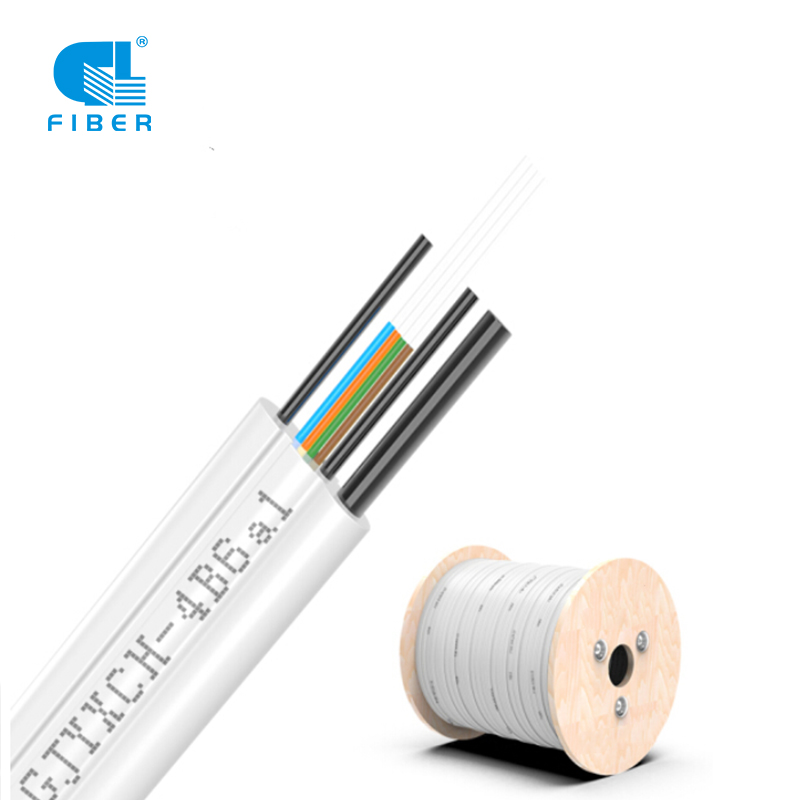
FTTH Drop Cable: A Game-Changer in the World of Internet Connectivity” to write a news
The world of internet connectivity has been revolutionized by the advent of Fiber to the Home (FTTH) technology. FTTH has been gaining ground over traditional copper cable connections due to its ability to deliver high-speed internet access to homes and businesses. But the latest game-changer in ...Read more -
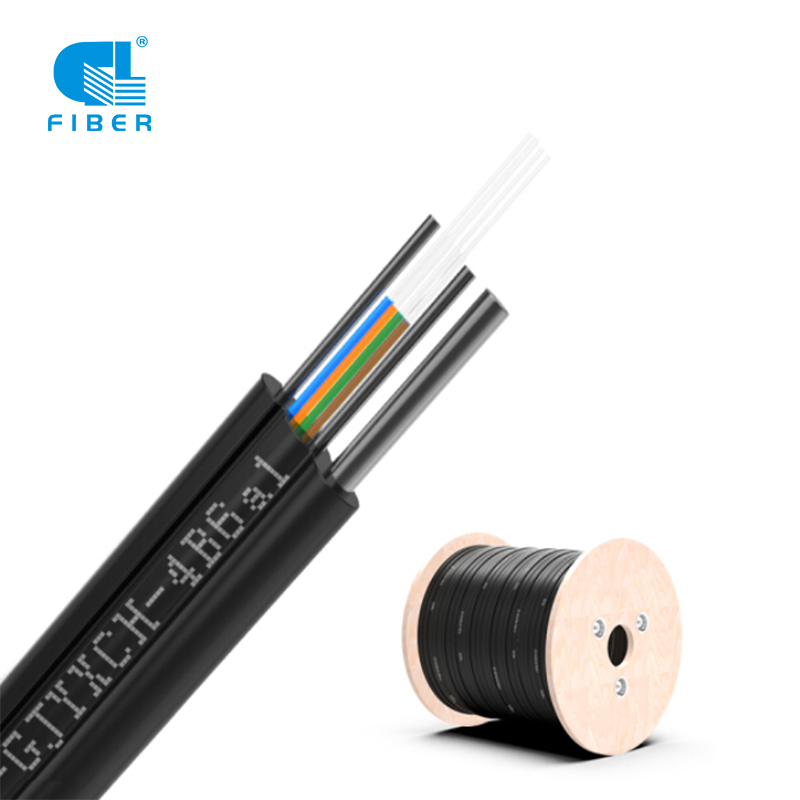
FTTH Drop Cable Market Booming with Increasing Demand for High-Speed Internet
The global FTTH (Fiber to the Home) drop cable market is experiencing rapid growth as demand for high-speed internet access continues to increase around the world. According to a recent market research report, the FTTH drop cable market is expected to reach a value of USD 4.9 billion by 2026, gro...Read more -
3.jpg)
FTTH Drop Cable Installation Made Easier with Innovative Tools
In the world of fiber-to-the-home (FTTH) installations, the process of dropping cables from utility poles to residential buildings has always been a time-consuming and difficult task. But now, thanks to some innovative tools, the process is becoming much easier. One of the most exciting new tools...Read more -
3.jpg)
New FTTH Drop Cable Technology Increases Internet Speeds
In an exciting development for internet users, a new fiber-to-the-home (FTTH) drop cable technology has been introduced that promises to significantly increase internet speeds. The new technology is a joint venture between leading telecommunications companies and cutting-edge fiber optics manufac...Read more -
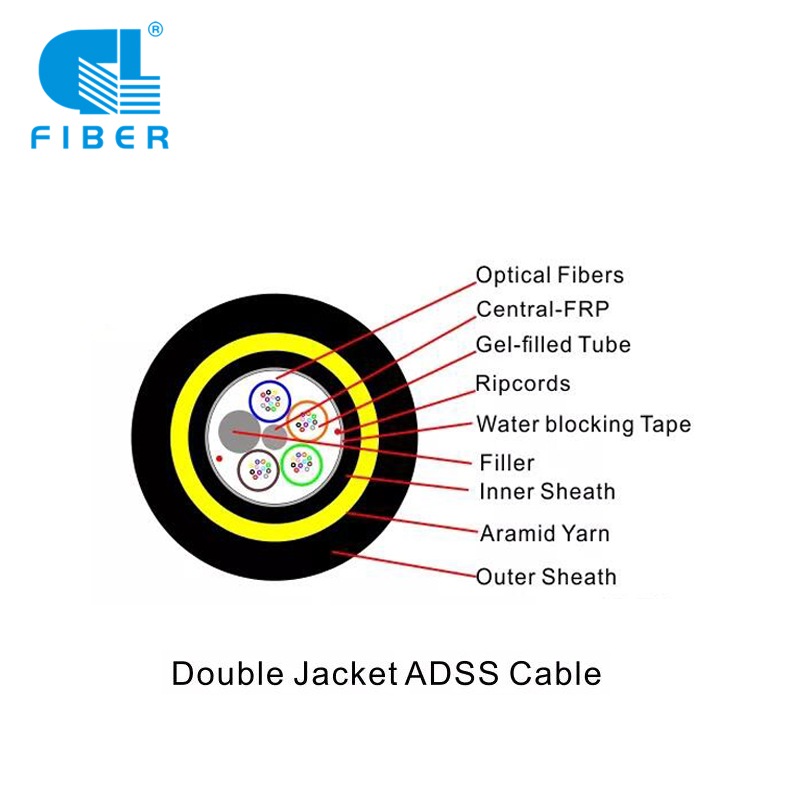
The Advantages of ADSS Cable for Railway Signaling Systems
In recent years, railway signaling systems have become increasingly important to ensure the safety and efficiency of train operations. One crucial component of these systems is the cable that carries the signals between different parts of the railway network. Traditionally, railway signaling cabl...Read more -
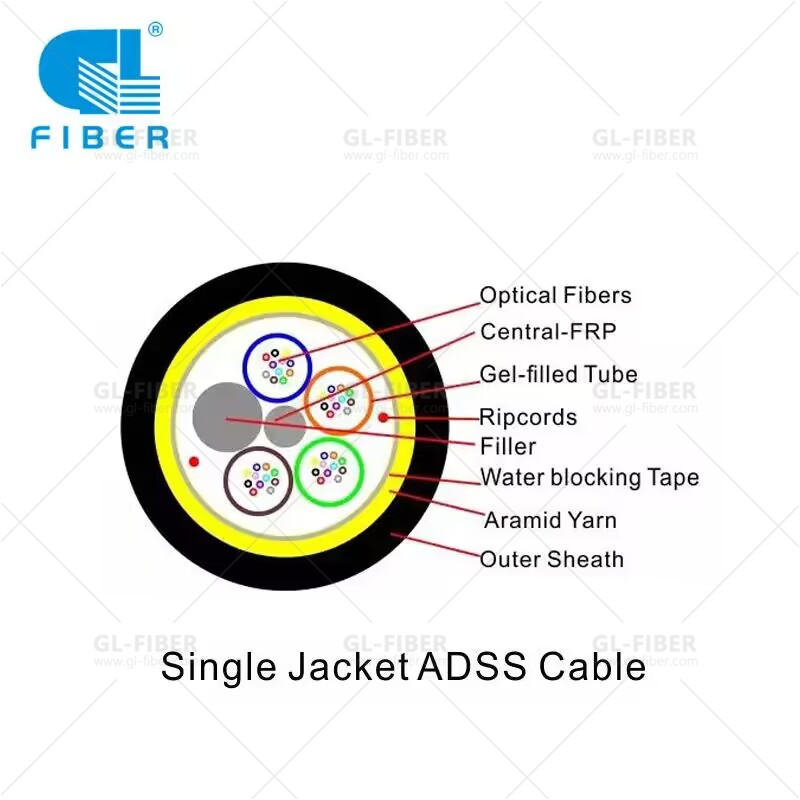
The Advantages of ADSS Cable for Oil and Gas Pipeline Monitoring
Oil and gas pipelines are critical infrastructure that require constant monitoring to ensure safety and prevent costly leaks. One of the most important components of pipeline monitoring systems is the communication network used to transmit data from sensors and other monitoring equipment. In rece...Read more -
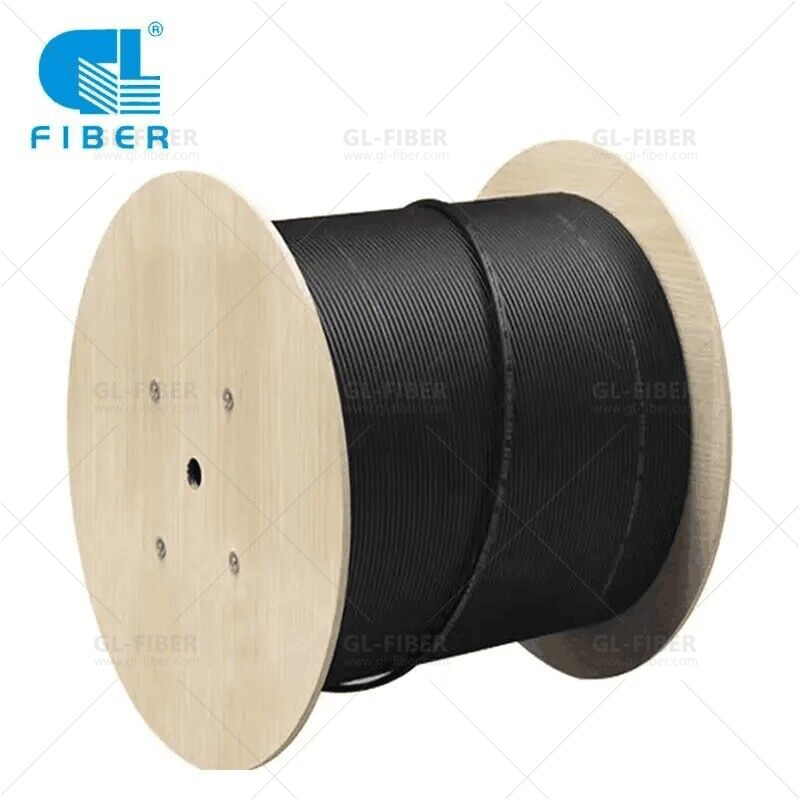
The Benefits of Using ADSS Cable for Aerial Power Distribution Systems
A growing number of power utilities and telecom companies are turning to ADSS (all-dielectric self-supporting) cable for their aerial power distribution systems, citing its superior performance, reliability, and cost-effectiveness compared to traditional steel-core cables. ADSS cable is made of n...Read more -
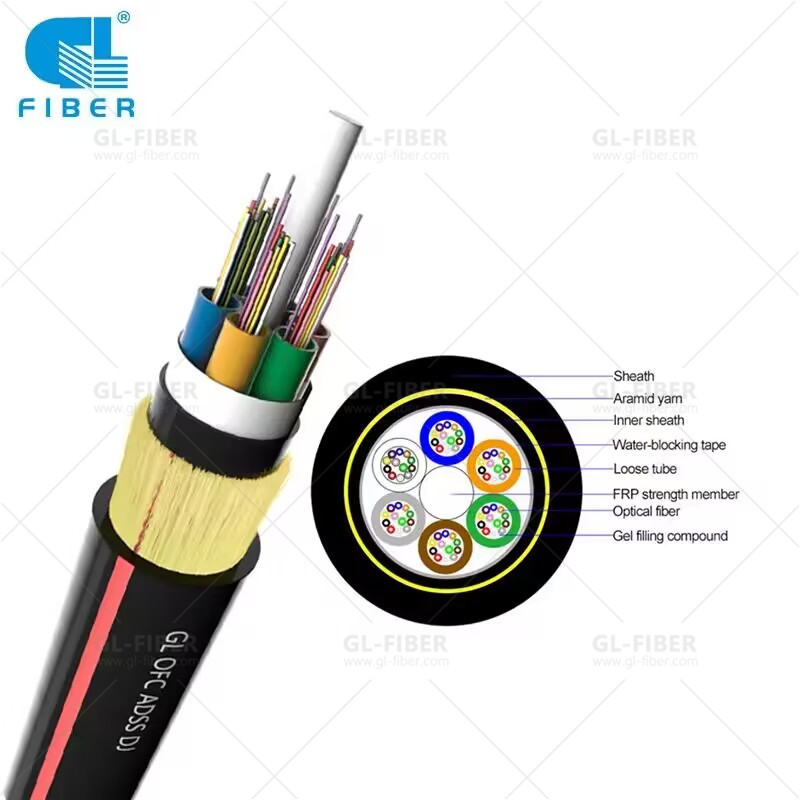
ADSS Cable vs. OPGW Cable: Which Offers Better Performance for Aerial Installations?
Aerial installations are crucial for the transmission of power and communication signals over long distances. One of the most critical components of an aerial installation is the cable used. Two commonly used cables for aerial installations are ADSS (All-Dielectric Self-Supporting) and OPGW (Opti...Read more -
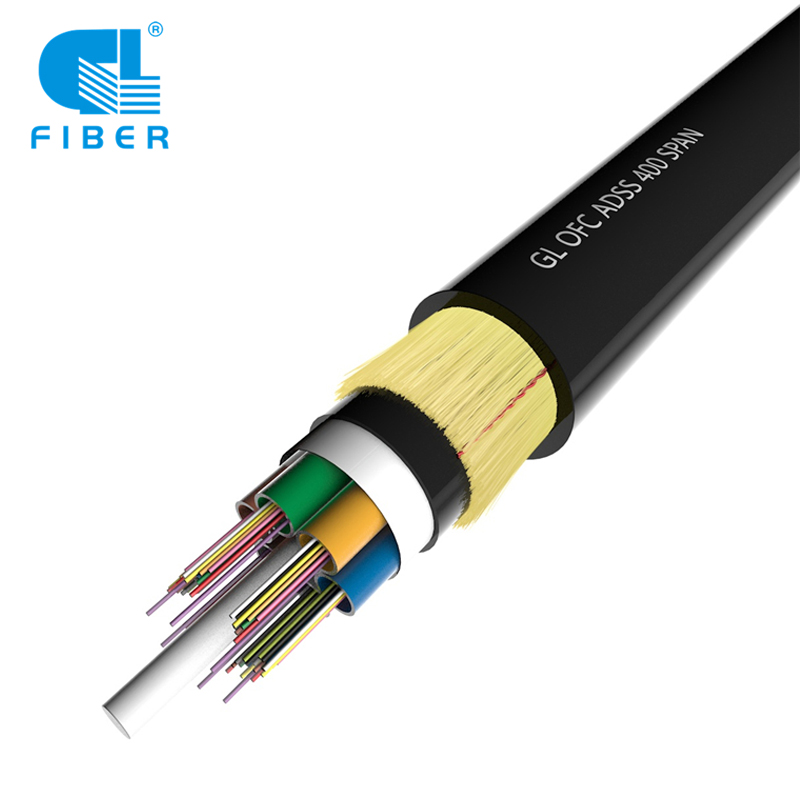
The Advantages of ADSS Cable for Bridge Monitoring Systems
As bridge infrastructure continues to age and deteriorate, the need for effective and reliable monitoring systems becomes increasingly important. One technology that has emerged as a promising solution for bridge monitoring is the use of ADSS (All-Dielectric Self-Supporting) cable. ADSS cable is ...Read more -
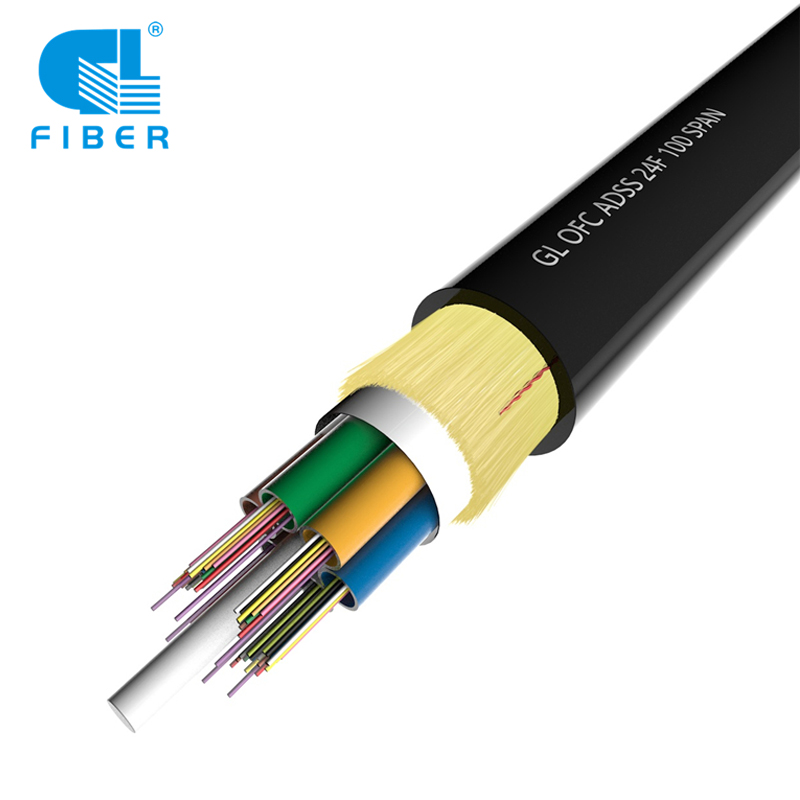
The Importance of Choosing the Right ADSS Cable for Your Application
In today's rapidly evolving technological landscape, the need for reliable and efficient communication infrastructure has never been greater. As a result, the importance of choosing the right ADSS cable for your application cannot be overstated. ADSS, or All-Dielectric Self-Supporting, cables are...Read more -
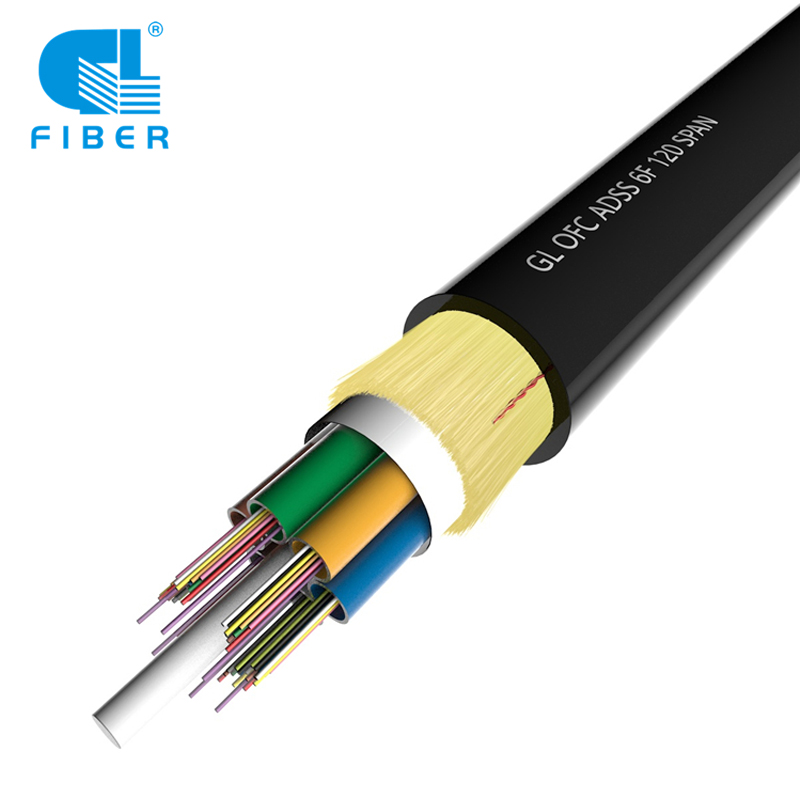
How ADSS Cable Is Making Fiber Optic Installations Easier Than Ever?
Fiber optic technology is rapidly transforming the telecommunications industry. With the demand for high-speed internet and data transmission, fiber optics is becoming the go-to solution for businesses and individuals alike. However, the installation process can be quite challenging, particularly...Read more -
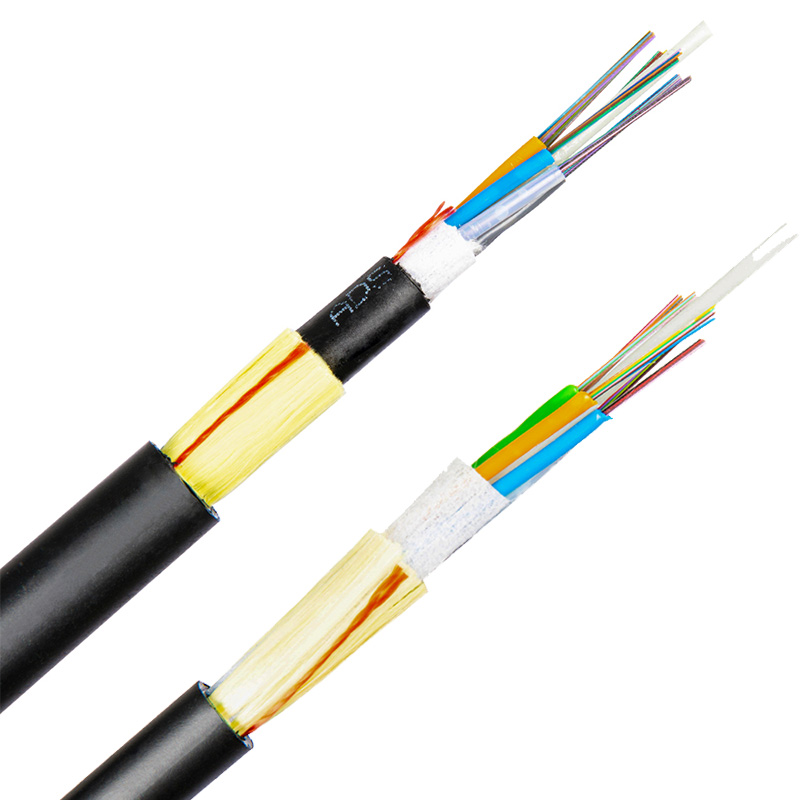
How ADSS Cable Is Making High-Speed Internet Access Available in Developing Countries?
How ADSS Cable Is Making High-Speed Internet Access Available in Developing Countries? With the rise of remote work, e-commerce, and online education, access to high-speed internet has become essential for people around the world. However, many developing countries still lack the necessary infras...Read more -
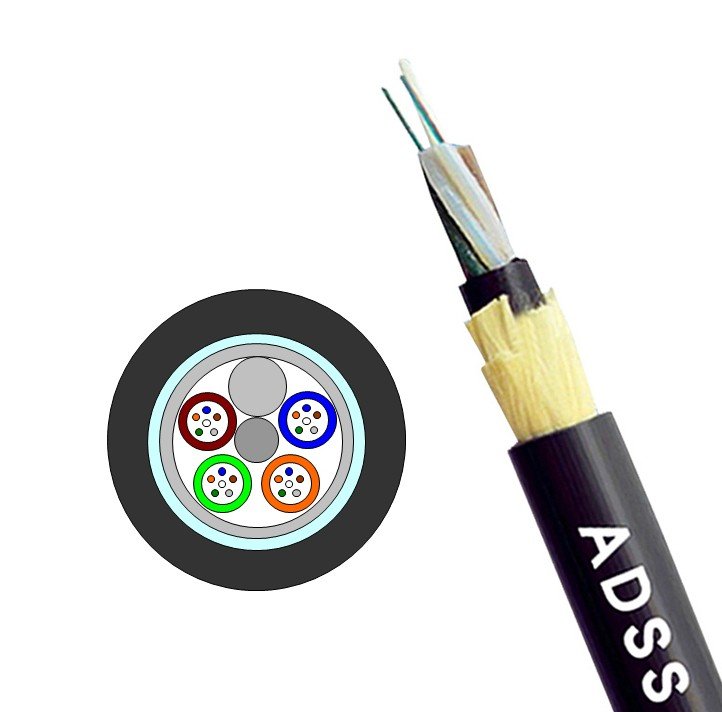
Why ADSS Cable Is a Reliable Solution for Harsh Marine Environments?
ADSS (All-Dielectric Self-Supporting) cable is gaining popularity as a reliable solution for harsh marine environments. The cable is designed to withstand tough weather conditions, strong winds, and harsh marine environments, making it a top choice for offshore wind farms, oil rigs, and marine ve...Read more -
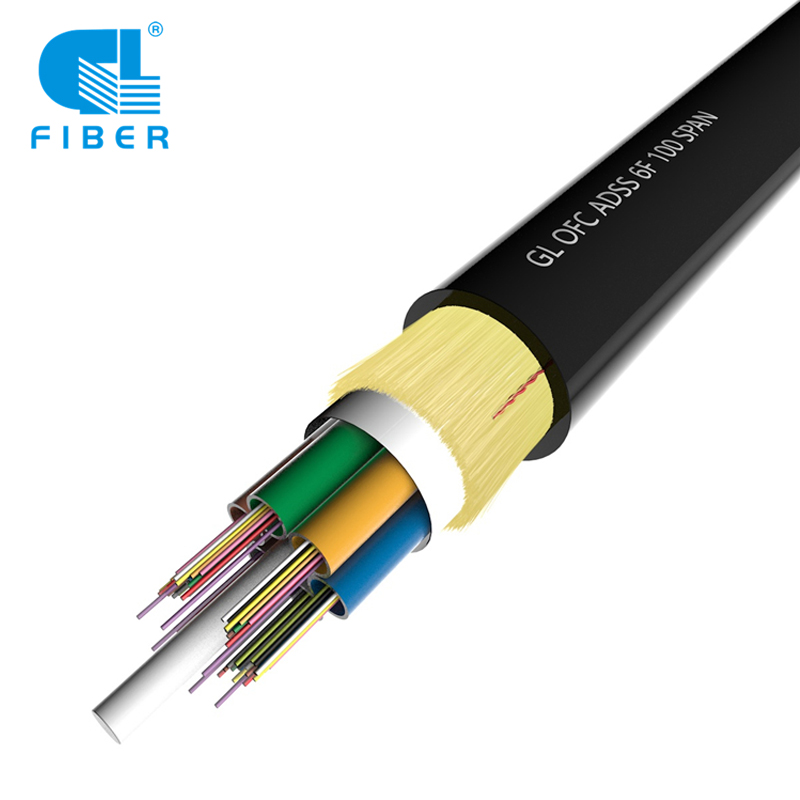
The Advantages of ADSS Cable for Aerial Lighting Systems
In recent years, there has been a growing trend towards the use of ADSS (All-Dielectric Self-Supporting) cable for aerial lighting systems. This is because ADSS cable offers a number of advantages over traditional steel cable. One of the main advantages of ADSS cable is that it is lightweight an...Read more -
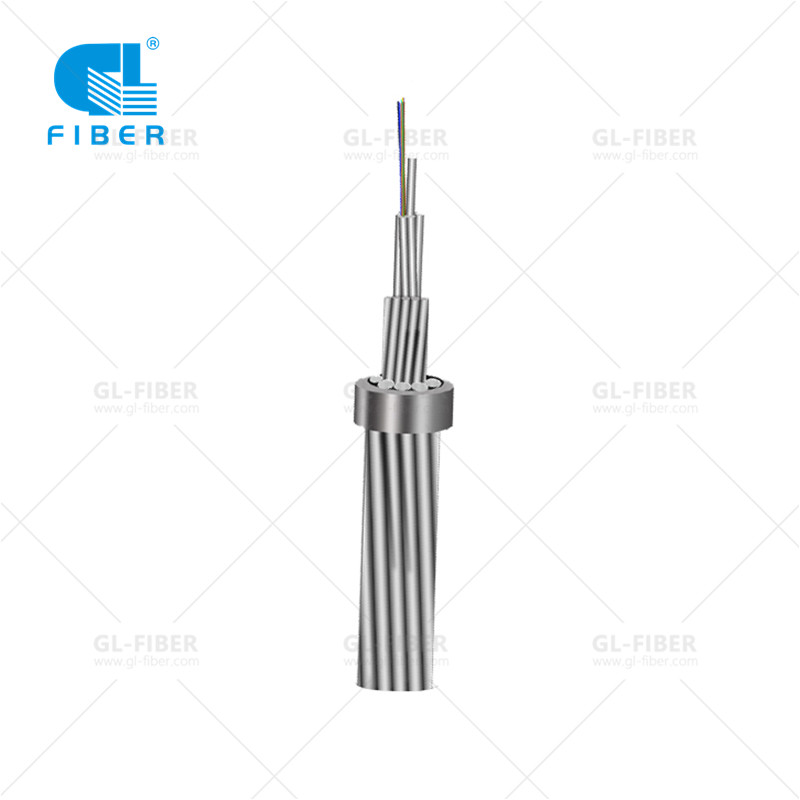
OPGW Optical Ground Wire and Grid Planning: Meeting Future Energy Demands
As the world's population continues to grow, so does the demand for energy. Meeting this demand requires careful planning and investment in the power grid infrastructure. One critical aspect of grid planning is the use of OPGW Optical Ground Wire. OPGW Optical Ground Wire is a type of ground wire...Read more -
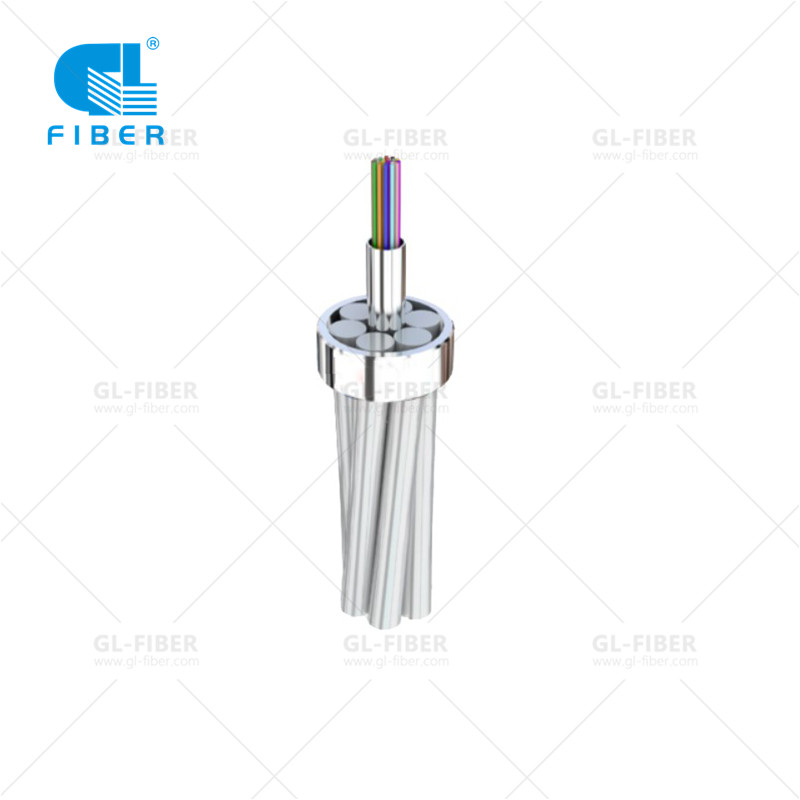
OPGW Optical Ground Wire and Sensor Networks
As the demand for reliable and efficient power transmission continues to grow, utilities are turning to advanced technologies to improve their grid operations. One such technology is the OPGW optical ground wire, which not only provides lightning protection and grounding for power lines but also ...Read more -
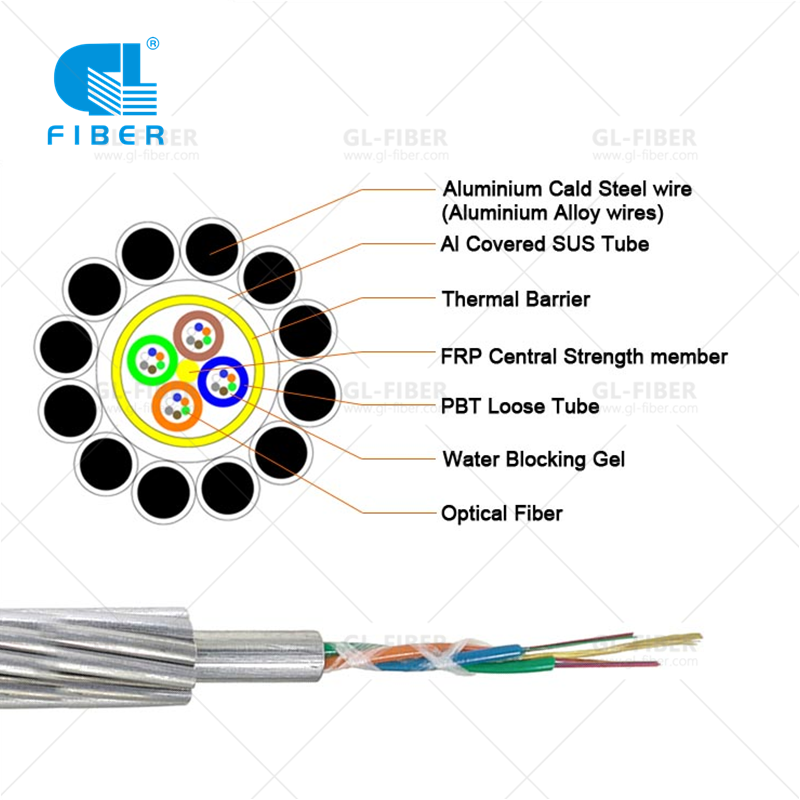
What You Need to Know OPGW Optical Ground Wire and Lightning Protection?
As more and more power transmission lines are being installed across the country, ensuring the safety and reliability of these systems has become a top priority for grid operators. One of the biggest threats to these power lines is lightning strikes, which can cause severe damage to the lines and...Read more -
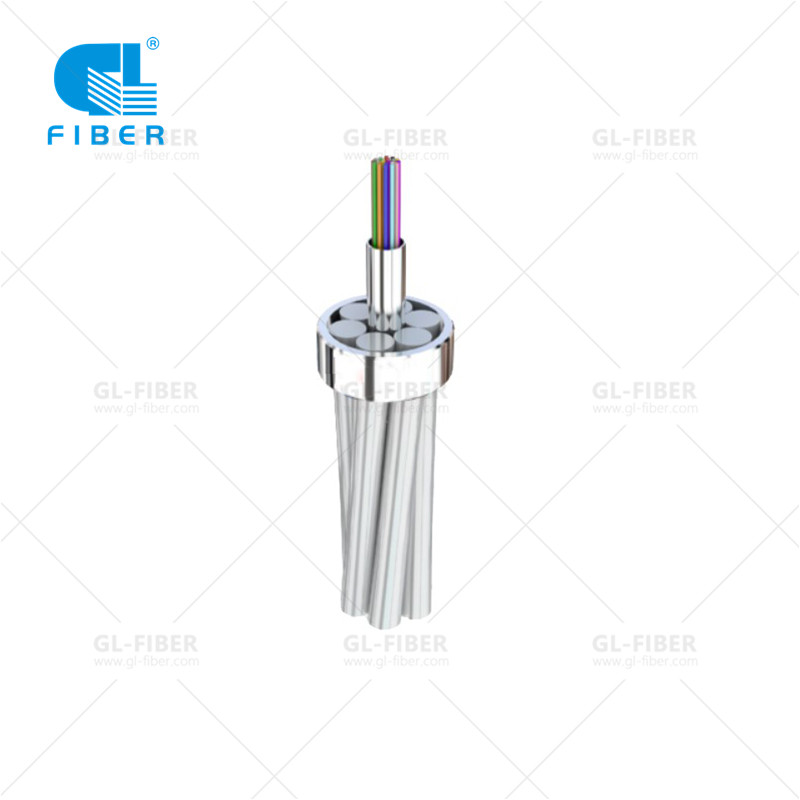
The Advantages of Using OPGW Cable for 5G Networks?
OPGW (Optical Ground Wire) cable is becoming an increasingly popular choice for 5G networks due to its numerous advantages over traditional cable options. Here are some of the key advantages of using OPGW cable for 5G networks: High bandwidth capacity: 5G networks require high bandwidth capacity ...Read more -
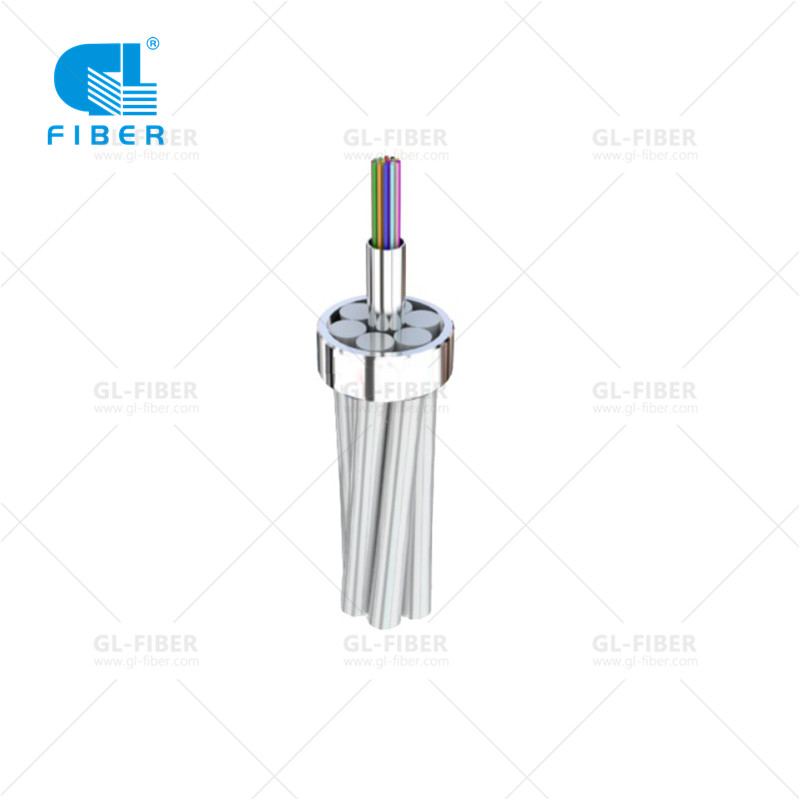
ADSS Cable vs. Ground Cables: Which Is Better for Aerial Installations?
When it comes to aerial installations, two popular options for fiber optic cables are ADSS (All-Dielectric Self-Supporting) cable and OPGW (Optical Ground Wire) cable. Both cables have their advantages and disadvantages, so it is important to consider the specific needs of the installation before...Read more -
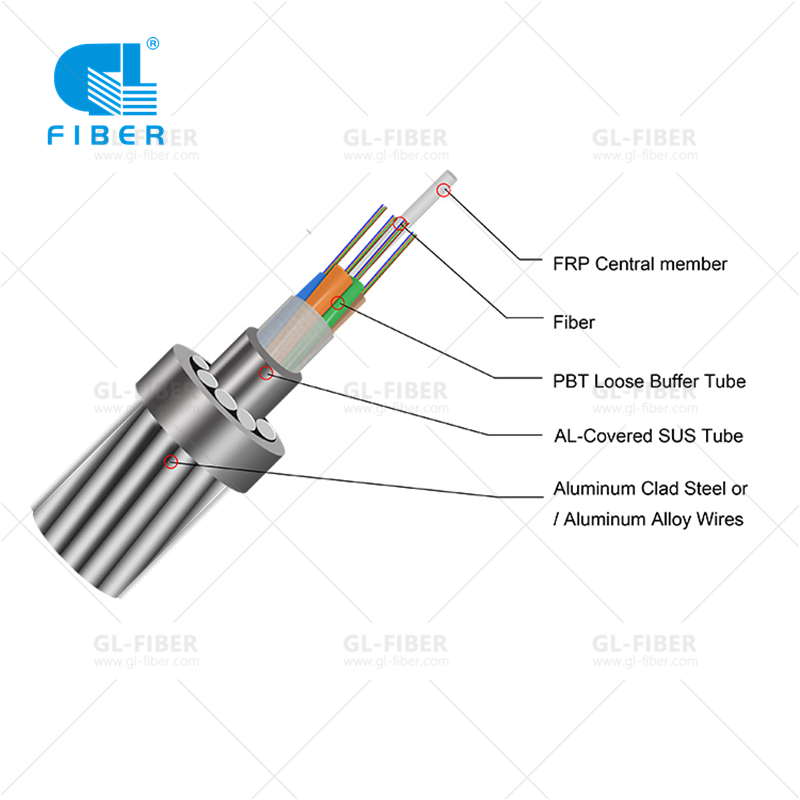
How opgw Cable Can Help Improve Your Business’s Internet Speed?
In today's digital age, a reliable and fast internet connection is essential for businesses to remain competitive. Slow internet speeds can result in lost productivity and revenue, which is why many businesses are turning to OPGW (Optical Ground Wire) cable to improve their internet speed. OPGW c...Read more
